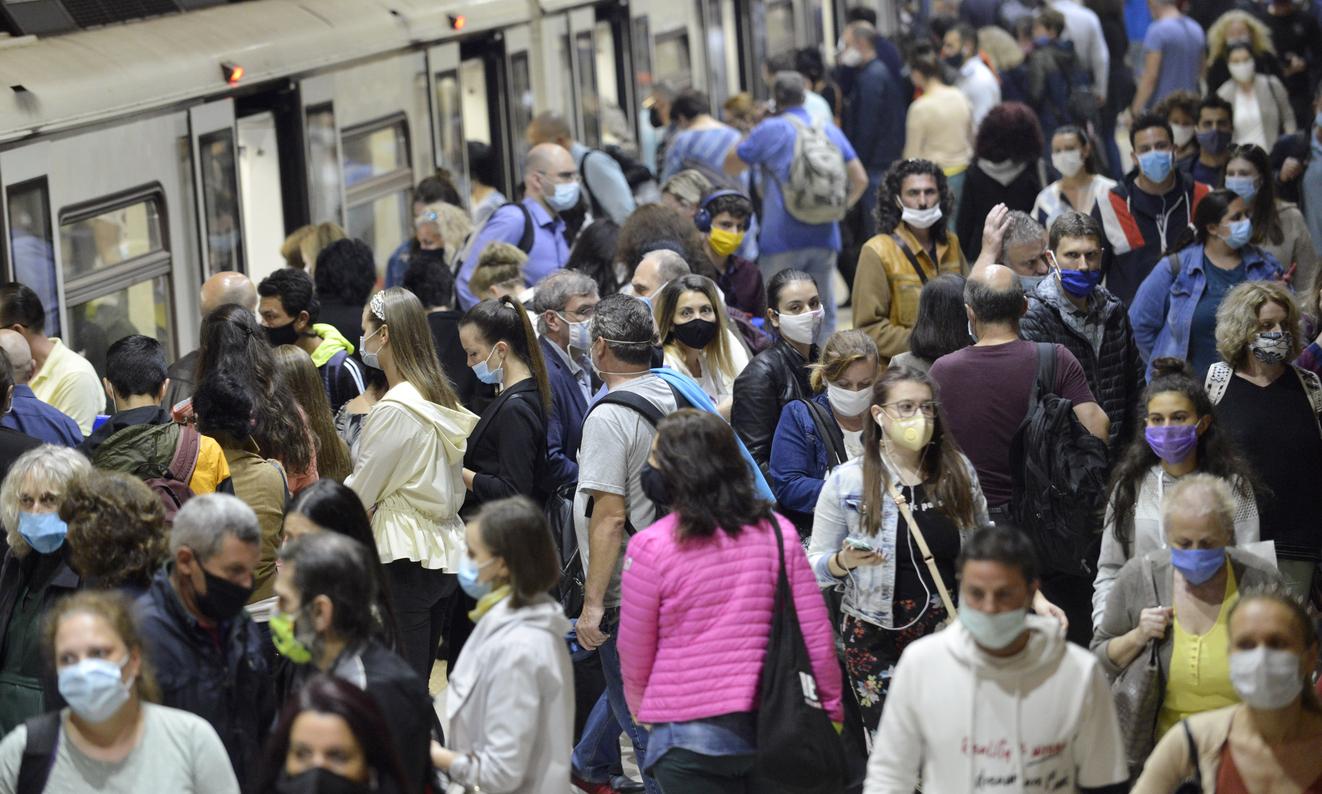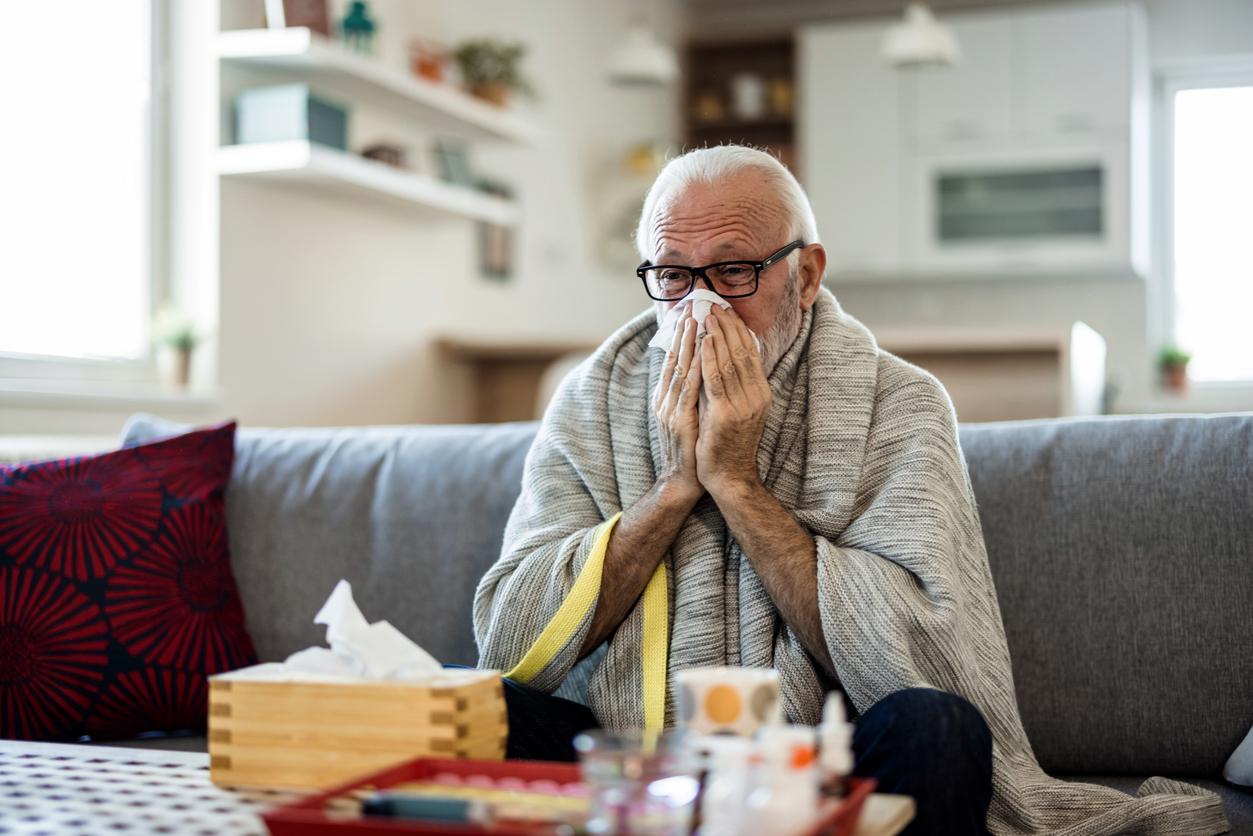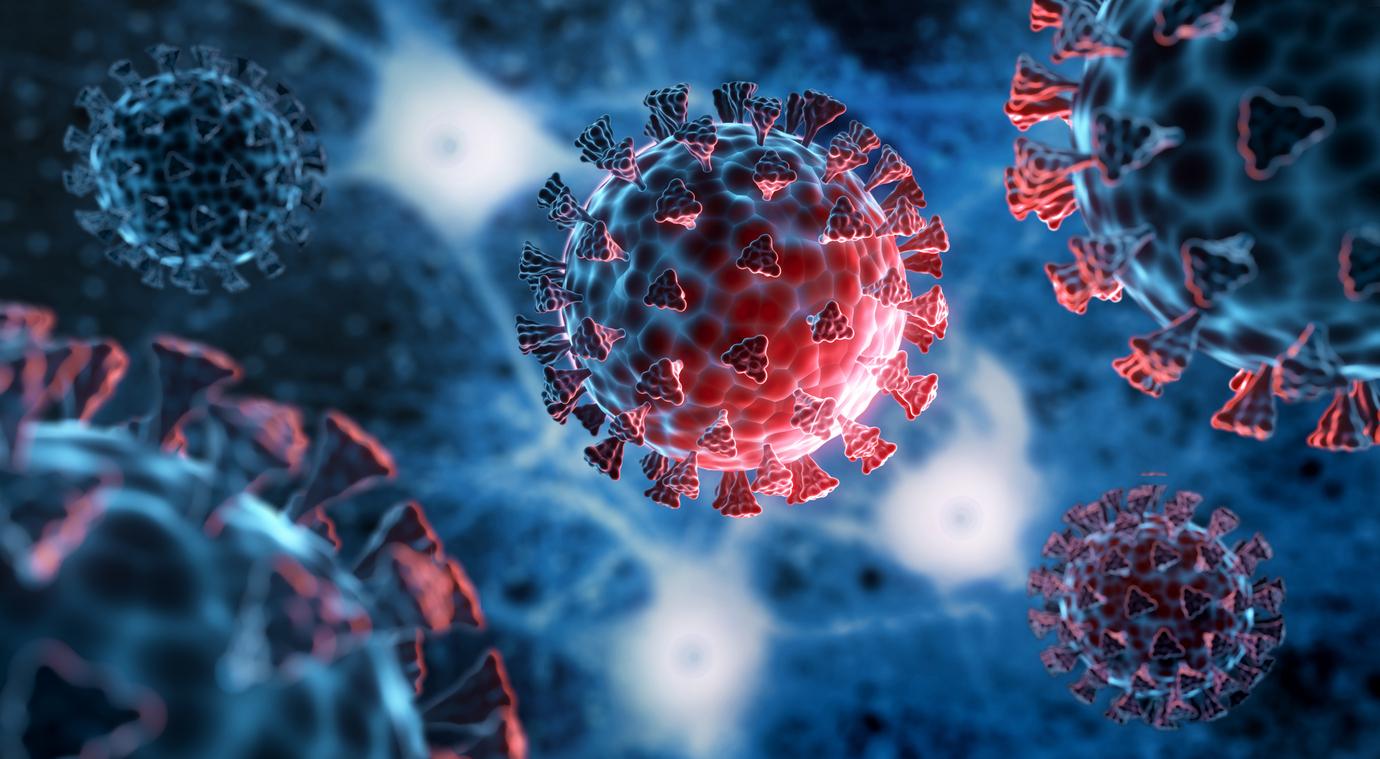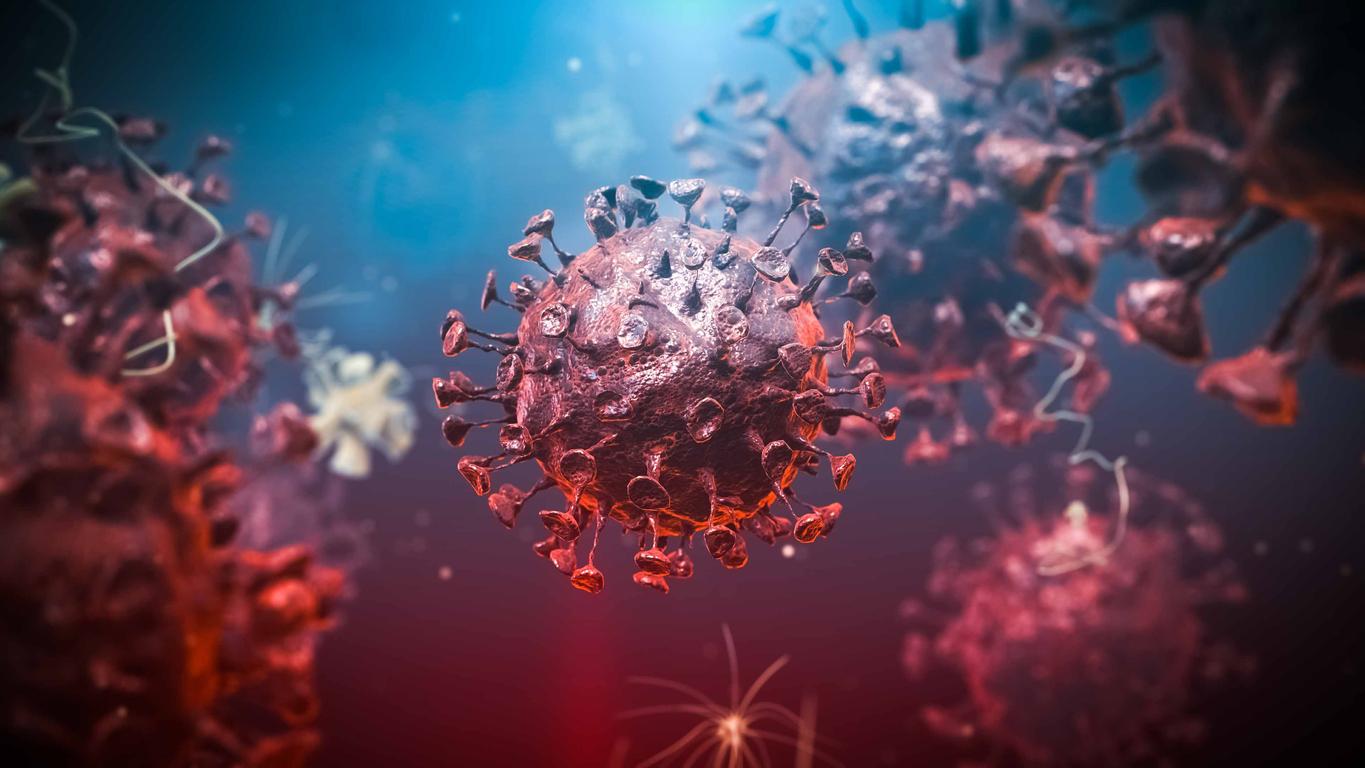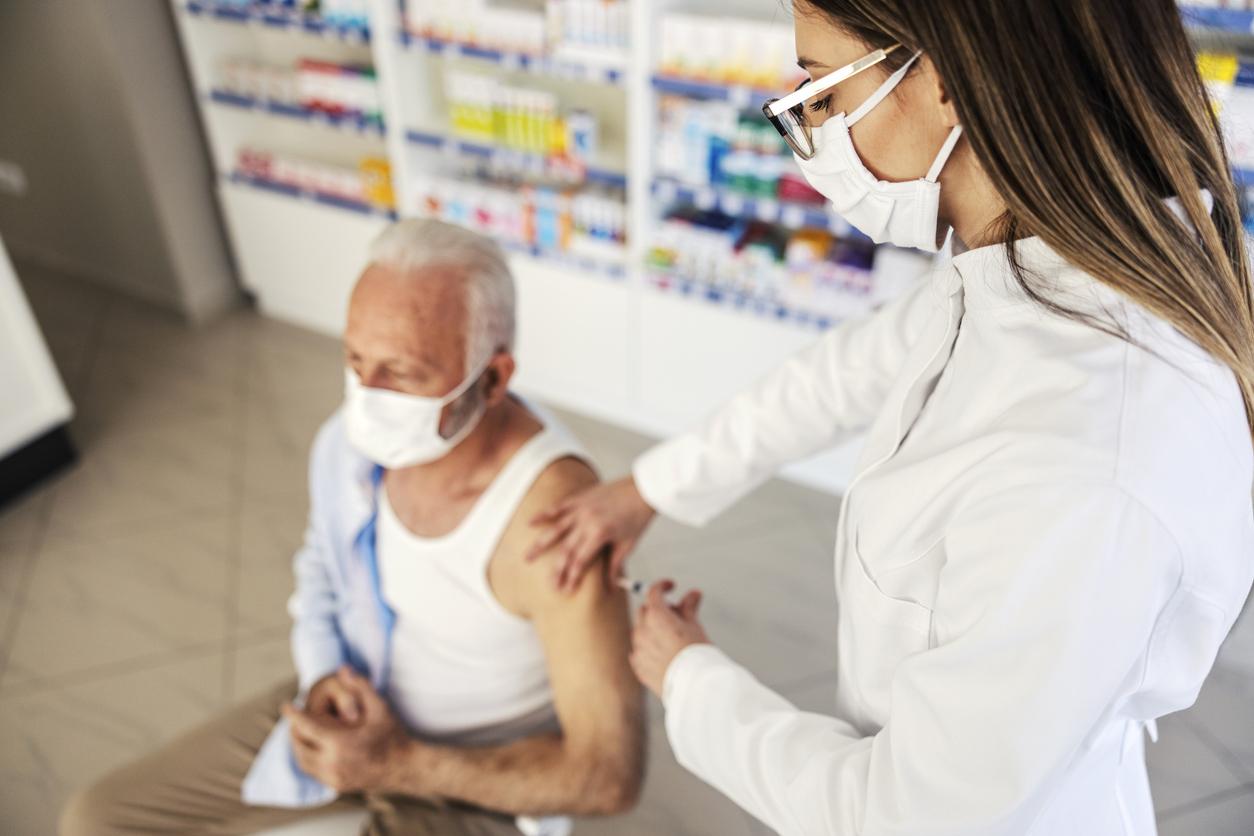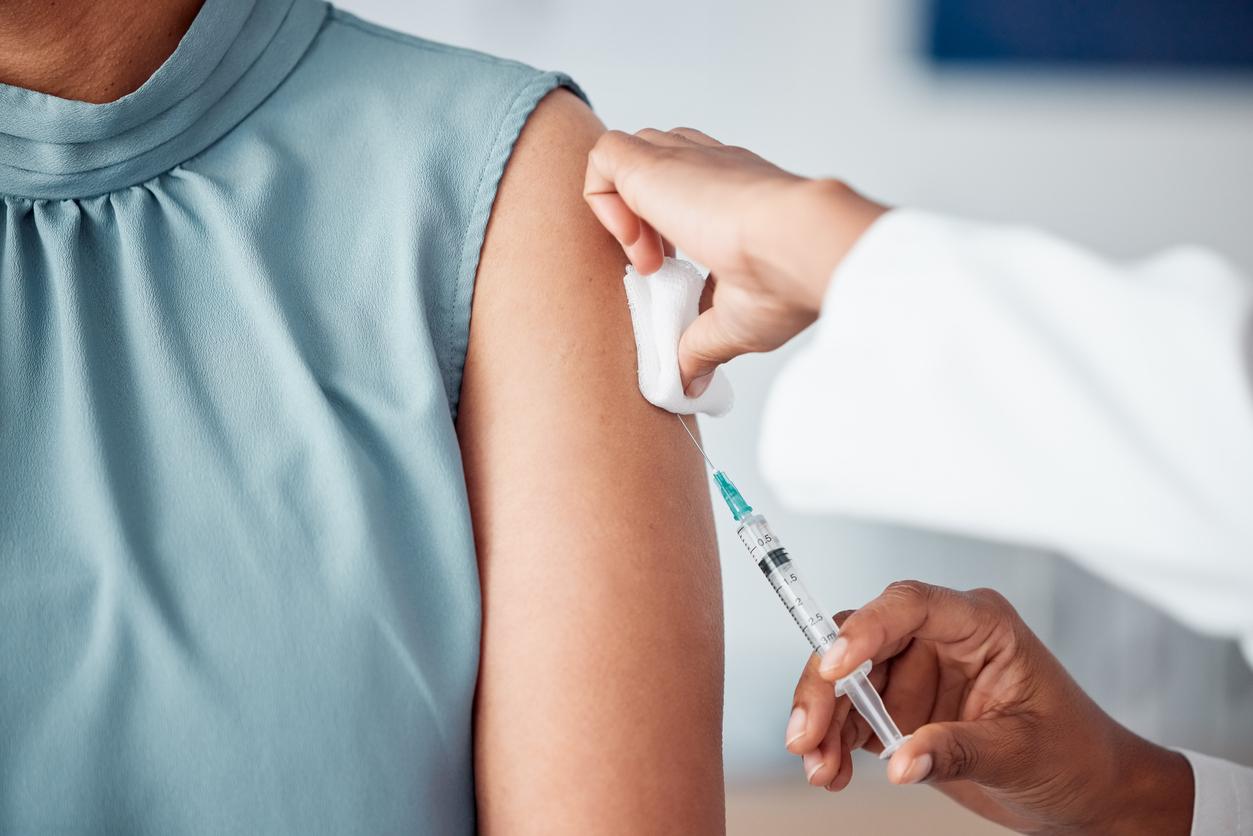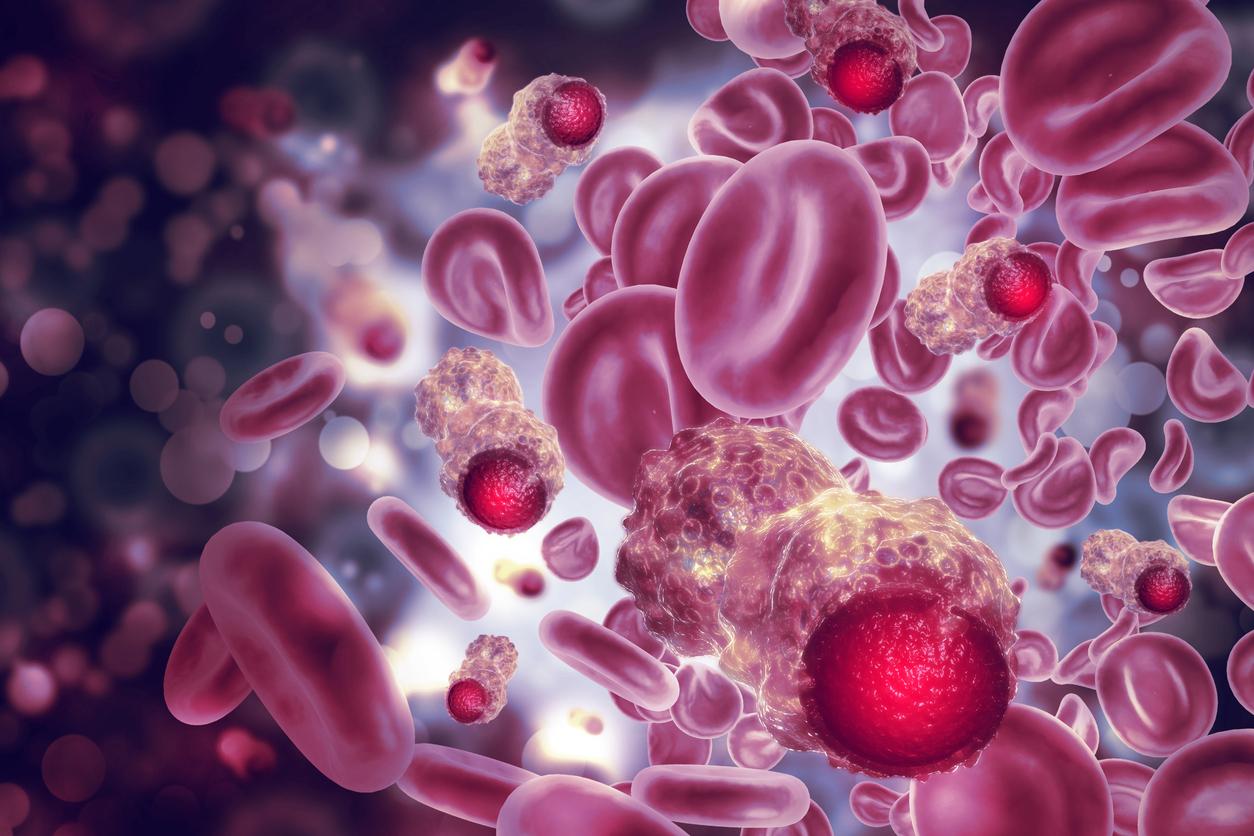Before flushing the toilet, the toilet seat should be closed to prevent the proliferation of contaminated droplets in the air. A habit to adopt in all public places.

- When the toilet is flushed, contaminated droplets can be dispersed over a meter and remain in the air for thirty minutes.
- Always close the toilet bowl before flushing.
This is part of the advice that is generally given to children: do not sit on the bowl of public toilets whether in restaurants, at school, in commercial premises, etc. In question: the high risk of being infected by a bacterium or a virus. Indeed, even if these places are regularly washed and disinfected, the number of users increases the quantity of pathogens. But, according to a recent study published in the journal Science of the Total Environmentthis is not the only precaution to take… You should also close the toilet seat before flushing the toilet if you want to avoid being contaminated, in particular by Covid-19.
Close the public toilet bowl before flushing
According to the researchers, washing and disinfecting your hands is not enough when you leave public toilets. The telescope should also be closed before flushing. Otherwise, contaminated droplets can be dispersed beyond a meter and remain in the air for thirty minutes. Thus, the mere fact of entering the place can be dangerous. Another danger pointed out by this study: uncovered trash cans, especially if they are located under or near electric hand dryers. Indeed, the air they propel can potentially spread droplets up to three meters.
Airborne contamination has not been proven
To arrive at this result, the researchers pooled 38 different studies from 13 countries that investigated the risk of infectious disease transmission in public toilets. According to the results, there would be risks of transmission by touching the contaminated surfaces but not by air. “Although there is a potential risk of aerosol spread from toilet flushing and hand drying, we found no evidence of airborne transmission of intestinal or respiratory pathogens in public toilets in the literature we reviewed“, assures Erica Donner, one of the authors of the study. On the other hand, the bacteria identified by the authors are multiple, such as intestinal or cutaneous, but there were also respiratory viruses.
Maintain barrier gestures to avoid contamination
“Thorough hand washing and effective drying are essential to stop the spread of disease, concludes Erica Donner. As borders open and cases increase, people can protect themselves from Covid-19 infection by continuing to practice good hygiene. This includes washing and sanitizing hands, sanitizing doorknobs, toilet lids, and other frequently touched surfaces. These habits not only reduce the risk of Covid-19 infection, but also the risk of bacterial infections.”
.








